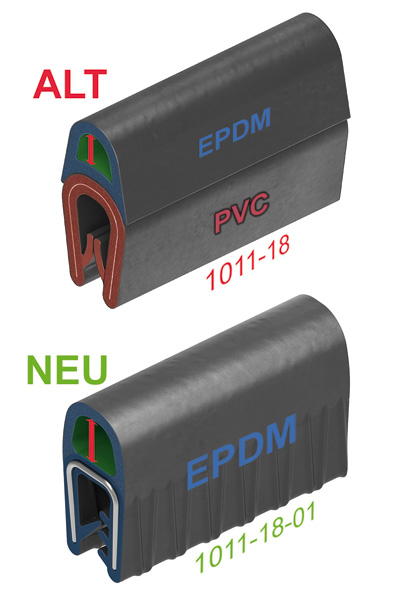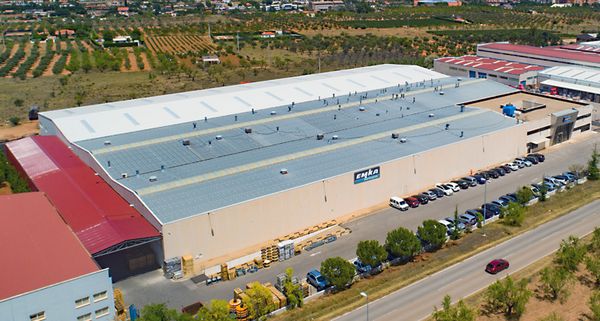EMKA shifts production to gaskets made of 100% EPDM
DURABLE, HIGH COMPRESSION MATERIAL WITHOUT CONTENT
Due to continuous investments in its production lines, EMKA succeeds in making the conversion from EPDM / PVC to EPDM / EPDM cost-neutral: The higher quality gaskets, which EMKA manufactures in its plants in Spain and England, are offered at unchanged list prices. The conversion of the profiles takes place successively by reducing old stocks in a timely manner and discontinuing production. First samples and small quantities in the EPDM / EPDM version are already available from stock.
EMKA offers a wide range of gaskets for enclosures and control cabinet design as well as for railway, air-conditioning and hygiene applications. Since the material has a high-pressure elasticity and excellent resilience, it is very well suited for sealing switch cabinets. After stretching or compression, the elastomer returns approximately to its original state. Cellular rubber profiles are soft, offer excellent contact surface with the housing at light pressure and thus provide an ideal seal. Many tolerances on the control cabinet door can thus be bridged. EMKA sealing profiles are particularly high-quality and safe, as numerous certificates according to DIN, VDI, UL or fire protection standards can certify.
The material is very resistant to ozone, aging and weathering and is also highly repellent to hot water and steam. EPDM is not resistant to mineral oils and greases, but it is highly compatible with chemicals.


Overview of the advantages of switching to EPDM
- Equivalent insertion and retention force
- More significant functional travel with hose seals
- Lower compression force
- Better temperature ranges from -40 °C and 100 °C, short-term up to +130 °C
- Better UV and media resistance
- Vulcanised rings and frames possible
- Option to manufacture profiles according to UL, EN 45545-2 or VDI 6022 standards (new tools may be required)
News topics
Company News Product News Sector News Sponsoring News Customer solutions Electronics Commercial vehicles Railway vehicles Food and medical
technology Server racks/
Data centres Air conditioning
technology (HVACR) Switch and control
cabinets Locks and Latches Locking Systems Hinges Gaskets
